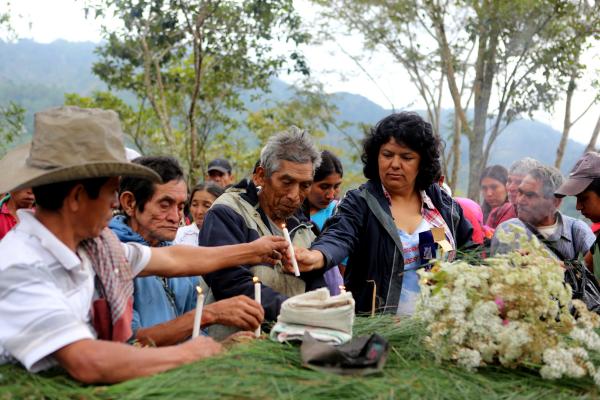Mar 18, 2016
The deadly environment for activists is closely tied to recent Honduran history. Following the 2009 coup, in which democratically-elected Honduran president Manuel Zelaya was deposed, the new government declared Honduras “open for business” and granted profitable contracts to transnational companies looking to capitalize on Honduran natural resources — including resources on indigenous land. When leaders like Cáceres demanded the rights guaranteed to indigenous people by the U.N and the International Labor Convention — including the right to determine how indigenous land is used — it wasn’t great for business. The death threats followed.
Read the Full Article

Already a subscriber? Login
